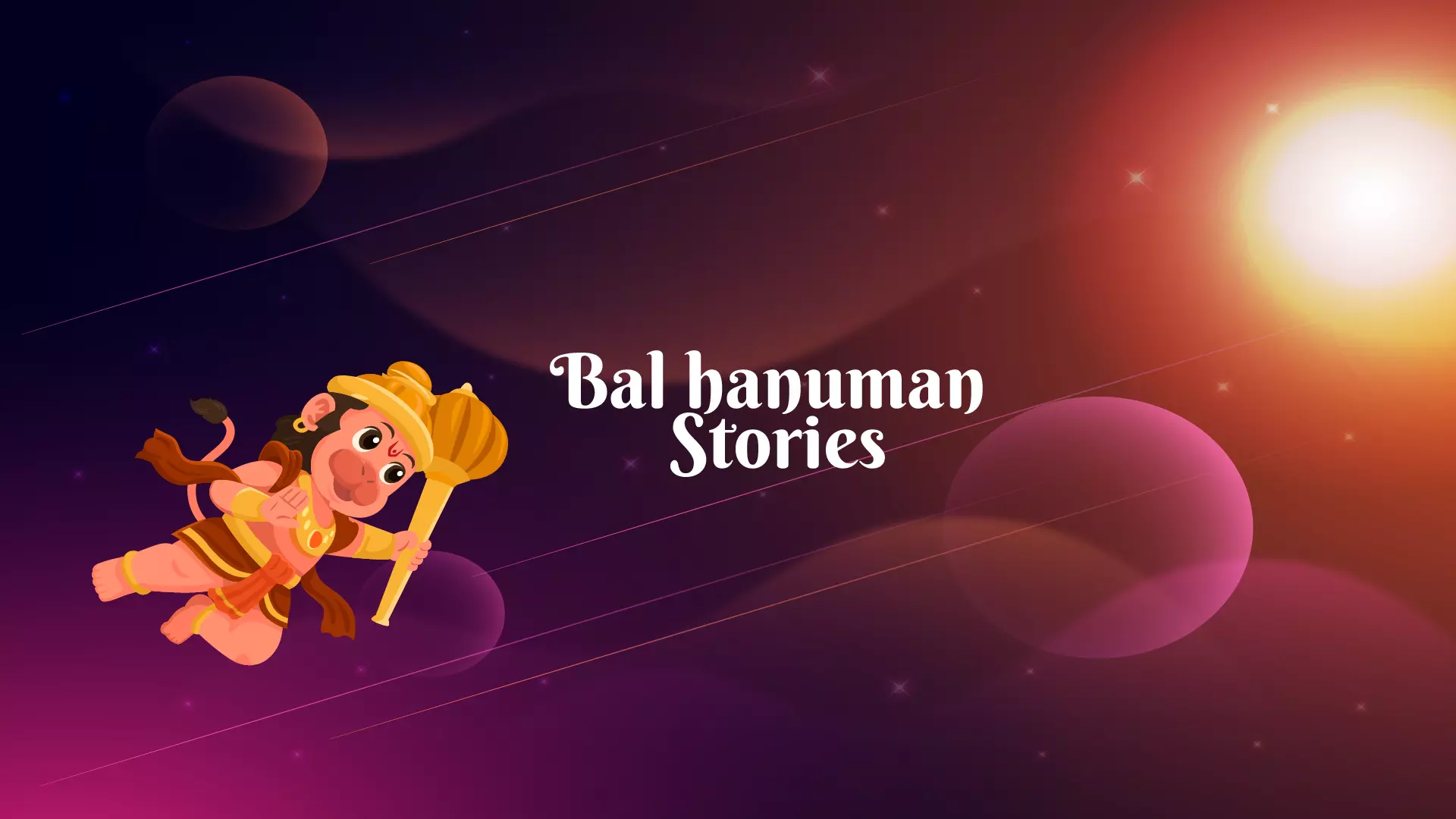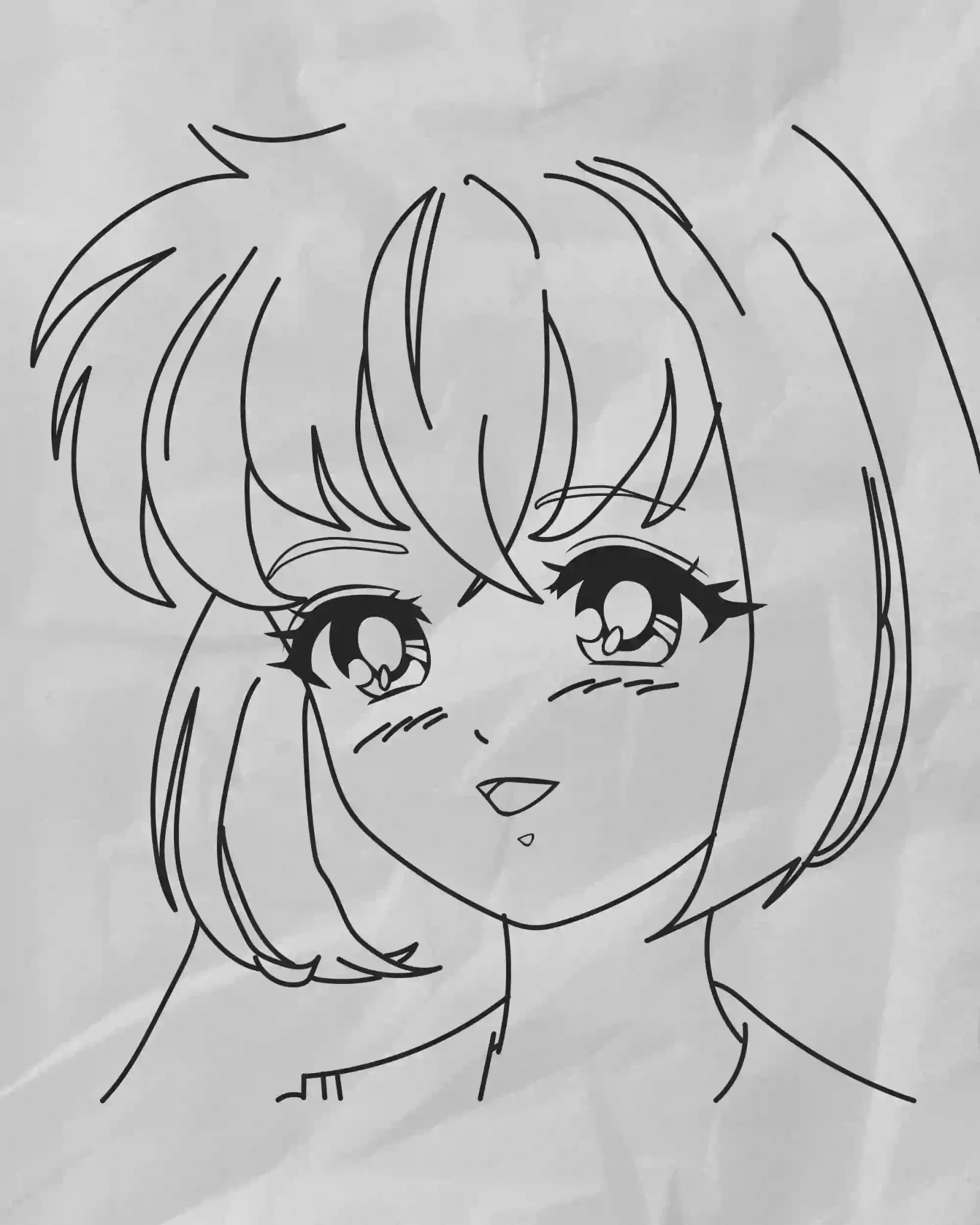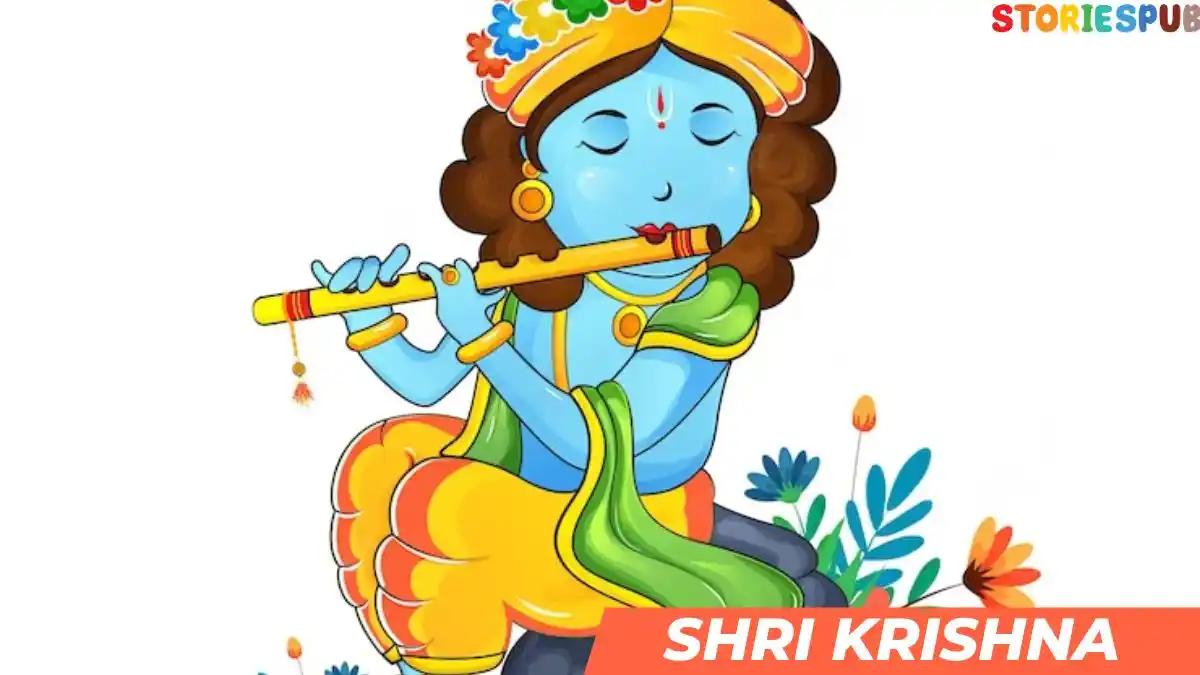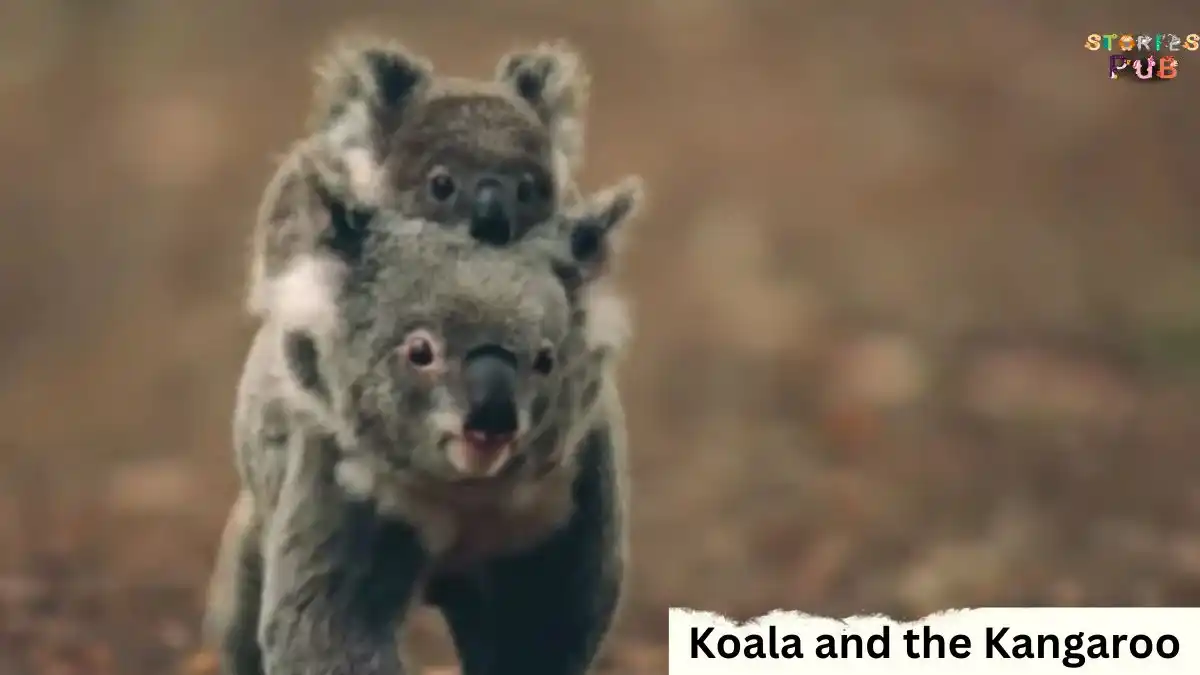Summarize this Article with:
Ginnungagap: The Creation and Conflict of the Void
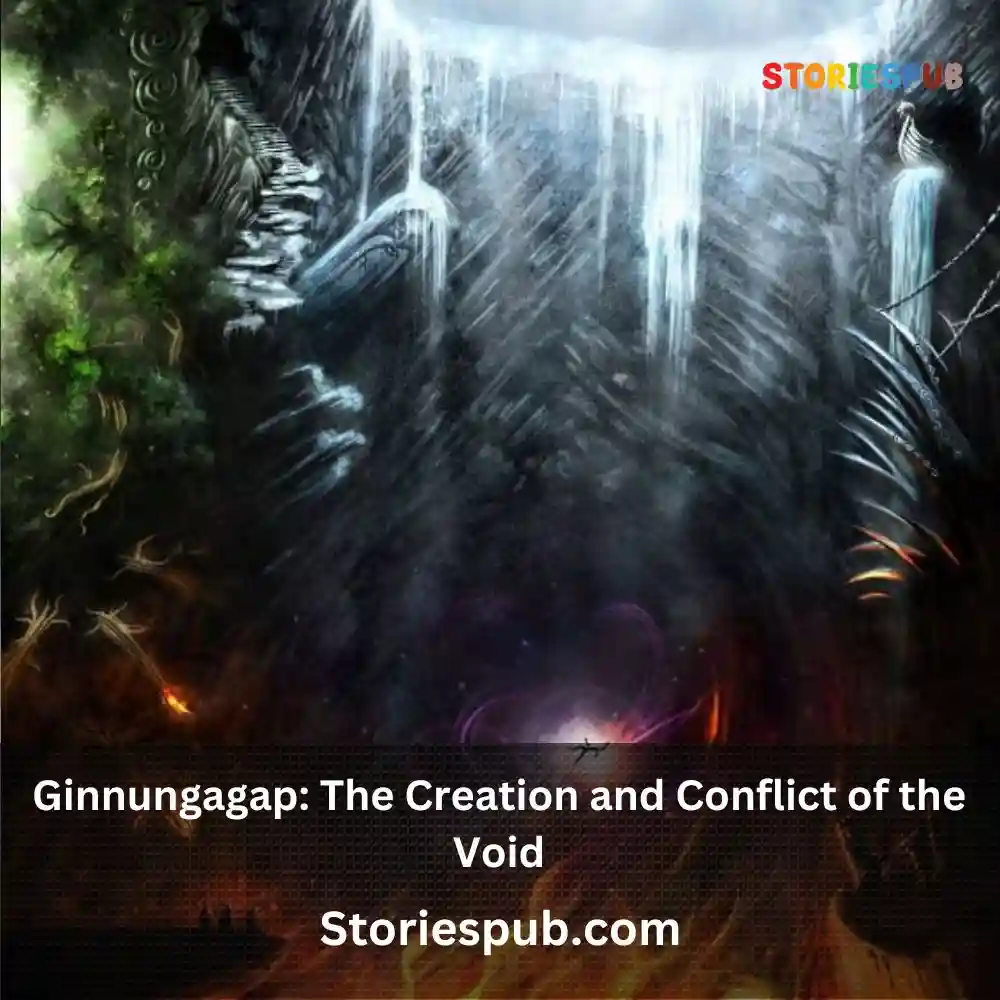
Image Credit: Pinterest
Introduction
In Norse mythology, Ginnungagap refers to the void that existed before the creation of the world. It was a vast emptiness which separated the realms of fire and ice. This void was nothingness – a dark abyss without form or substance that stretched out infinitely in all directions.
The concept of Ginnungagap is significant in Norse mythology because it represents the beginning of creation. It is a place where time and space do not exist, and where only primordial forces are present.
Setting the Scene
Imagine yourself standing at the edge of this void, peering into its depths. There is no light to show you how deep it goes or what lies beyond its boundaries.
You are left with only your imagination to fill in the gaps. The air around you feels heavy as if gravity itself is pulling at your very being.
The silence is deafening as there are no sounds other than your own breathing echoing into eternity. You wonder what existed before this emptiness and how it came to be.
As you ponder these questions, you realize that from this void comes all things. Ginnungagap represents both an end and a beginning; an end to nothingness and a beginning to creation, making it one of the most important concepts in Norse mythology.
The Birth of Ymir
Ymir Rises from the Melting Ice
In Norse mythology, Ginnungagap is described as a void that existed before the creation of the world. It was a place of darkness and chaos where nothing existed. But from this void, something emerged – an immense block of melting ice.
From within this ice came the first living creature in the cosmos: Ymir, the giant. As Ymir began to emerge from the melting ice, he took on a huge and fearsome appearance.
His body was massive and his skin was tough as steel. He had multiple heads and limbs, making him an imposing figure to behold.
The Power of Ymir
As soon as Ymir had fully emerged from Ginnungagap’s icy depths, he began to display incredible powers that would shape the course of Norse mythology for eons to come. His strength surpassed all others in existence at that time, and he was capable of feats such as moving entire mountains with ease.
Over time, Ymir’s power and presence grew so immense that it sparked fear amongst the other gods who were yet to be born. This ushered in an era of conflict between giants and gods which would ultimately lead to one final battle – Ragnarok – at which point many worlds would end.
The Appearance of Ymir
According to descriptions in Norse mythology texts such as “The Poetic Edda,” Ymir’s size was so great that he could not even fit within Ginnungagap itself – his head reached up into what would become Asgard while his feet were rooted deep within Niflheim. Ymir’s body was said to be covered in hair like forests or grasslands with each strand being so long it could hold entire cities upon it if let down like tendrils upon the earth.
He had multiple heads and many limbs which grew from his powerful torso. As the first living creature in the cosmos, Ymir was an awe-inspiring sight to behold – one that would continue to shape the mythology of future generations of Scandinavians for centuries to come.
The Creation of Worlds
From Ymir’s Body Parts
According to Norse mythology, the world was created from the body parts of Ymir, the first giant. Odin and his brothers killed Ymir and used his body parts to create different realms. The story goes that after Ymir’s death, blood flooded out from his wounds and drowned all but one of the frost giants.
Odin and his brothers then dragged Ymir’s corpse into Ginnungagap, where they began the process of creation. Odin took part in creating Midgard, while his brothers Vili and Ve created other realms.
From Ymir’s flesh they made the earth, from his blood they made the sea, from his bones they made mountains, and from his teeth they made stones. From his hair they made trees and bushes.
Asgard: Home of Gods
Asgard was one of the realms created in this process. It is said to be a beautiful city full of grand halls where gods would feast and hold court.
This is where Odin lived with his wife Frigg along with many other gods such as Thor, Freya, Heimdallr among others. It was connected to Midgard by a rainbow bridge known as Bifrost which is guarded by Heimdallr making sure that none but those worthy may pass into Asgard.
Midgard: Home of Humans
Midgard is another realm created during this time; it’s also known as Earth or Middle Earth. This realm was given to humans as their home after being formed by Odin himself. Many tales tell stories about how humans came to be on Midgard; some say they were formed out of trees while others say it was an accident caused by Odin himself while trying to create other creatures like dwarves or elves.
Niflheim: World of Cold and Darkness
Niflheim is described as a world of cold and darkness, full of fog and mist. It was created from the melting ice in Ginnungagap that flowed into the void along with Ymir’s body.
This realm was given to Hel, the daughter of Loki, who ruled over the dead that were not selected to go to Valhalla or other realms. Niflheim is often associated with death and decay.
The Significance of Creation
The creation story in Norse mythology serves as a way to explain how the world came into being, but it also provides a deeper understanding of how everything is connected, even in death. The creation from Ymir’s body parts shows how destruction can lead to new beginnings. Furthermore, it highlights the importance of different realms, each with its own purpose and inhabitants.
The gods would interact with humans on Midgard while dealing with frost giants on Jotunheimr or traveling across Bifrost into Asgard. This interconnection between different realms underscores their interconnectedness necessary for maintaining balance within the cosmos.
The creation story in Norse mythology provides an elaborate explanation for how the world came into being; however it also serves as an allegory showcasing how everything is interconnected even when experiencing destruction. Each realm has its own purpose within this cosmology where gods interact with humans while traveling through realms maintaining cosmic balance which underpins Norse mythology as one of richest mythologies in history.
The Return to Ginnungagap
After the creation of the world, Odin, the Allfather, felt a deep sense of longing and curiosity about the void that existed before it. He knew that there were still secrets waiting to be uncovered within Ginnungagap.
He decided to embark on a journey through time to seek answers about his own existence. With his trusted companions by his side, Odin returned to Ginnungagap.
As he stepped into the void, he felt a sense of awe and wonder at its vastness and emptiness. Everything in him wanted to know more about this mysterious place.
A meeting with Mimir
Deep within Ginnungagap, Odin was greeted by Mimir – the wisest being in all of Norse mythology. As soon as they met, Mimir welcomed Odin with open arms and offered to answer any questions that he had.
Mimir’s knowledge was unparalleled, and he knew things that even the gods didn’t know. In exchange for answering Odin’s questions, Mimir asked for something valuable – his right eye as collateral.
Odin hesitated for a moment but realized the significance of what was at stake. With great reluctance but also great determination, he gave up one of his eyes so that he could gain access to Mimir’s wisdom.
Telling secrets about his past and future
In their meeting together, Mimir told Odin secrets about his past and future that forever changed how he saw himself and his place in the world. The wisdom that Mimir shared allowed him to see things from an entirely new perspective.
Mimir revealed many things during their encounter, including how Yggdrasil came into being – The World Tree which is considered an axis mundi of Norse mythology. Odin was also told about his own destiny – the moment when he would die in battle against Fenrir, the giant wolf.
These revelations left Odin with a heavy heart, but they also gave him a sense of purpose and understanding that he never had before. With newfound knowledge and direction, he was more determined than ever to protect the world he had helped create.
The significance of this journey
Odin’s journey through Ginnungagap and his meeting with Mimir are crucial parts of Norse mythology. They represent the search for knowledge, understanding, and self-discovery – all aspects of life that are important for any individual to pursue.
The knowledge Odin gained from Mimir allowed him to see past his own personal biases and desires. It enabled him to make better-informed decisions about how to govern Asgard and how to ensure the safety of all worlds from potential threats like Ragnarok.
Overall, Odin’s return to Ginnungagap was a pivotal moment in Norse mythology. It showed us that even gods are not infallible or omnipotent; they too need guidance and wisdom from time to time.
The Battle for Ragnarok
An Epic Battle Between Good and Evil
The final battle between the gods and their enemies takes place on the plain of Vigrid, a vast battlefield located in Asgard. Odin and his allies, including Thor and Freyr, lead the charge against the army of Loki, which includes giants, monsters, and other creatures. The sky darkens as the two sides clash with weapons of all kinds: swords, axes, spears, hammers, bows and arrows.
The gods fight with fierce determination to protect their creations from destruction. Odin rides his eight-legged horse Sleipnir while wielding his spear Gungnir.
Thor wields his mighty hammer Mjolnir while summoning thunderstorms to strike down his foes. Freyr fights with a sword made of gold that glows like the sun.
Loki’s army is no less formidable. Jotuns (giants) hurl boulders at their enemies while trolls use their strength to crush them.
Hel’s legions of undead warriors attack without fear of death or injury. And Fenrir (a giant wolf), Jormungandr (a giant serpent) and Surtr (a fire giant) are among Loki’s most powerful allies.
The Fate of All Worlds Hangs in Balance
The fate of all worlds hangs in balance as Odin and Loki engage in a fierce duel. They trade blows with their weapons until finally Odin falls to the ground mortally wounded by Loki’s venom-tipped spear.
However just before dying he deals a fatal blow that finishes off Loki too. Meanwhile Fenrir breaks free from his chains and swallows Odin whole marking him as dead forever now – this event is known as Ragnarok when all worlds come to an end before getting recreated anew again by some other means.
As both sides suffer heavy losses — many warriors die in battle, gods and giants alike — the end of the world draws near. But even as the world falls apart around them, some hope remains.
A few survivors will live on to rebuild what has been lost. And while the gods may have lost this battle, they will return to fight again — for as long as there is life, there will always be battles to be fought.
Conclusion
The Battle of Ragnarok marks the end of one era and the beginning of another in Norse mythology. In its wake, much is destroyed — but much is also reborn. The gods are not defeated; they endure even when all seems lost.
And so we see that even in the face of destruction and chaos, there is still hope for renewal and growth. As we consider these myths and legends today, we can take comfort in their timeless lessons about life and death, good and evil, creation and destruction.
We can learn from Odin’s wisdom and Thor’s courage; we can take inspiration from Freyr’s nobility and Loki’s cunning. Above all, we can look to these stories for guidance as we navigate our own journeys through life — for though our struggles may be different from those of the gods of old, our challenges are no less real or important than theirs were.
So let us continue to explore these ancient tales with open minds and hearts — seeking their truths and insights wherever they may lead us. For who knows what wonders lie waiting in the vast void beyond Ginnungagap?
Conclusion
The Battle’s Conclusion
The battle was long and intense, but ultimately Odin and his allies emerged victorious. With Loki defeated, peace was restored to all the realms.
The gods mourned their fallen comrades and rebuilt what had been destroyed during the conflict. But they also looked ahead to a brighter future.
The Significance of Ginnungagap
Ginnungagap represents the vast emptiness that existed before creation, as well as the potential for new beginnings. It is a reminder that even in the darkest of times, there is always hope for something better. The fact that Odin returned to Ginnungagap in search of answers shows that even powerful gods need guidance and direction at times.
The Power of Unity
The battle between good and evil showed how much can be accomplished when people come together for a common cause. Despite their differences, Odin and his allies were able to put aside their individual agendas and work as a team to defeat Loki. This serves as a reminder that we are all stronger when we work together towards a common goal.
A New Beginning
With peace restored, the gods were able to move forward with creating a new world – one that was free from the chaos and destruction of Ragnarok. This symbolizes the idea that even after great loss or turmoil, there is always potential for something new and beautiful to emerge.
An Optimistic View
Although this story depicts an epic battle with high stakes, it ultimately shows us that there is always hope for a brighter future – no matter how dire things may seem at first. It reminds us of our own strength in the face of adversity, but also our need for community support. As we move forward into uncertain times ourselves, let us look towards Ginnungagap not just as a reminder of the chaos that existed before the world was born, but also as a symbol of endless possibilities for what lies ahead.
Hey kids, how much did you like The Ginnungagap: The Creation and Conflict of the Void? Please share your view in the comment box. Also, please share this story with your friends on social media so they can also enjoy it, and for more such Norse Mythology, , please bookmark storiespub.com.
Related Post :
Ginnungagap FAQ
What is Ginnungagap in Norse mythology?
Ginnungagap is the void or empty space that existed before the creation of the world in Norse mythology.
What is the significance of Ginnungagap in Norse mythology?
Ginnungagap represents the primal state of existence before the creation of the world and the potential for creation and conflict that exists within it.
What is the story of the creation of the world according to Norse mythology?
According to Norse mythology, the world was created when the fiery realm of Muspelheim and the icy realm of Niflheim collided in Ginnungagap, creating the giant Ymir and the first gods.
What is the significance of the conflict in Ginnungagap?
The conflict in Ginnungagap represents the tension and struggle that exists between opposing forces in the natural world, such as light and dark, hot and cold, and order and chaos.
Are there any symbols associated with Ginnungagap?
Ginnungagap is often associated with the image of the void or empty space, as well as with the idea of potential and possibility.
Is Ginnungagap worshipped in modern times?
Ginnungagap is not worshipped as part of any organized religion in modern times, but it is still studied and appreciated by scholars and enthusiasts of Norse mythology.
Are there any other stories involving Ginnungagap?
Ginnungagap appears in several Norse myths, including one in which it is described as the birthplace of the giant Ymir and another in which it is said to be the place where the gods will eventually return at the end of the world.
What is the significance of Ginnungagap's role in Norse mythology?
Ginnungagap represents the idea of a primordial state of existence before the creation of the world and the potential for new beginnings and transformations.
Are there any modern adaptations of Ginnungagap in popular culture?
Ginnungagap has been adapted in various forms in popular culture, including in literature, music, and video games. It is often portrayed as a mysterious and powerful force with the ability to shape the course of history.
Is Ginnungagap similar to other creation stories in other mythologies?
The concept of a void or empty space as a precursor to creation is found in many creation stories throughout the world, and there are some similarities between Ginnungagap and other creation stories, such as the Hindu concept of the unmanifested Brahman and the ancient Greek concept of chaos.


